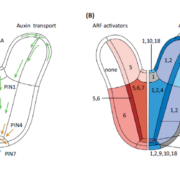
What We’re Reading: March 24
Blog, Research Blog0 Comments
/
Have you seen an exciting new paper you’d like to summarize for the community? Contact Mary Williams to inquire about contributing to this series!
Reviews: Nature Insight: Plants ($)
Nature journal published a special “Plant Insights” section featuring several excellent reviews. Zipfel…
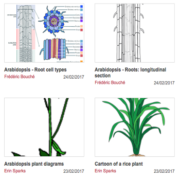
A community repository of plant illustrations
Blog, Research Blog, Writing/Reviewing/Publishing/CommunicatingGuest post by Erin Sparks, Guillaume Lobet, Larry York and Frédéric Bouché
It is midnight on a cold winter evening and you are scheduled to give a seminar at 8 am the next morning. All you are missing to complete your presentation is one last graphic to illustrate your conclusions. You wearily…

A Kinase- and Proteasome-Mediated Link Between Lipid Biosynthesis and Energy Homeostasis
Research, The Plant Cell: In BriefIN BRIEF by Nancy R. Hofmann [email protected]
The economy of living cells includes energy production, energy utilization, and energy storage. Thus, a plant’s energy budget must connect the decision to produce lipids (for energy storage) with its overall energy status. Energy sensor kinases, such…

How a kernel of corn may yield answers into some cancers (by Kevin Folta)
Blog, Research, Research BlogThis article was originally published on The Conversation. Read the original article.
By Kevin M. Folta, University of Florida
Driving down a country highway in the Midwest can seem an endless ribbon flanked by green walls of corn, neatly planted in stately rows. But who would guess…
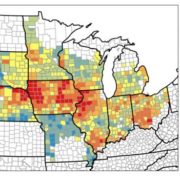
The contribution of solar brightening to the US maize yield trend ($)
Plant Science Research Weekly, ResearchOver the past several decades, the amount of maize produced in the US Midwestern “Corn Belt” has been rising steadily. In order to accurately predict future grain yields, the factors that contribute to these recent yield increases must be identified. Tollenaar et al. found that more than a quarter…
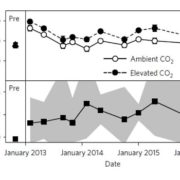
Elevated CO2 does not increase eucalypt forest productivity on low-phosphorus soil ($)
Plant Science Research Weekly, ResearchThe “Law of the Minimum” put forth by Justus von Liebig states that the most limiting nutrient governs plant growth. Although there is evidence in some conditions that increasing atmospheric CO2 levels can enhance plant growth, this only holds true under conditions in which CO2 is limiting growth.…
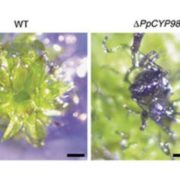
A phenol-enriched cuticle is ancestral to lignin evolution in land plants
Plant Science Research Weekly, ResearchMoss are non-vascular plants and do not produce the phenolic polymer lignin, but they do have some enzymes associated with the lignin pathway, raising the question of the evolutionary origins of lignin. In angiosperms, the cytochrome P450 enzyme encoded by CYP98 catalyzes the first irreversible step…
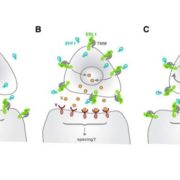
Autocrine regulation of stomatal differentiation potential by EPF1 and ERECTA-LIKE1 ligand-receptor signaling
Plant Science Research Weekly, ResearchThe patterning of stomata in epidermal tissues involves both positive and negative cues, as revealed by the phenotypes of mutants including too many mouths and speechless, but the precise interactions between identified gene products are still not fully resolved. Qi et al. explore the interactions between…
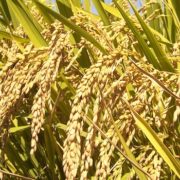
The rice paradox: Multiple origins but single domestication in Asian rice
Plant Science Research Weekly, ResearchRice is the world’s most important food crop and its domestication was a key event in human history. Centuries of propagation across large geographical areas have resulted in five domesticated subpopulations: aus, indica, temperate japonica, tropical japonica, and aromatic rice. Choi et al. analyzed…

